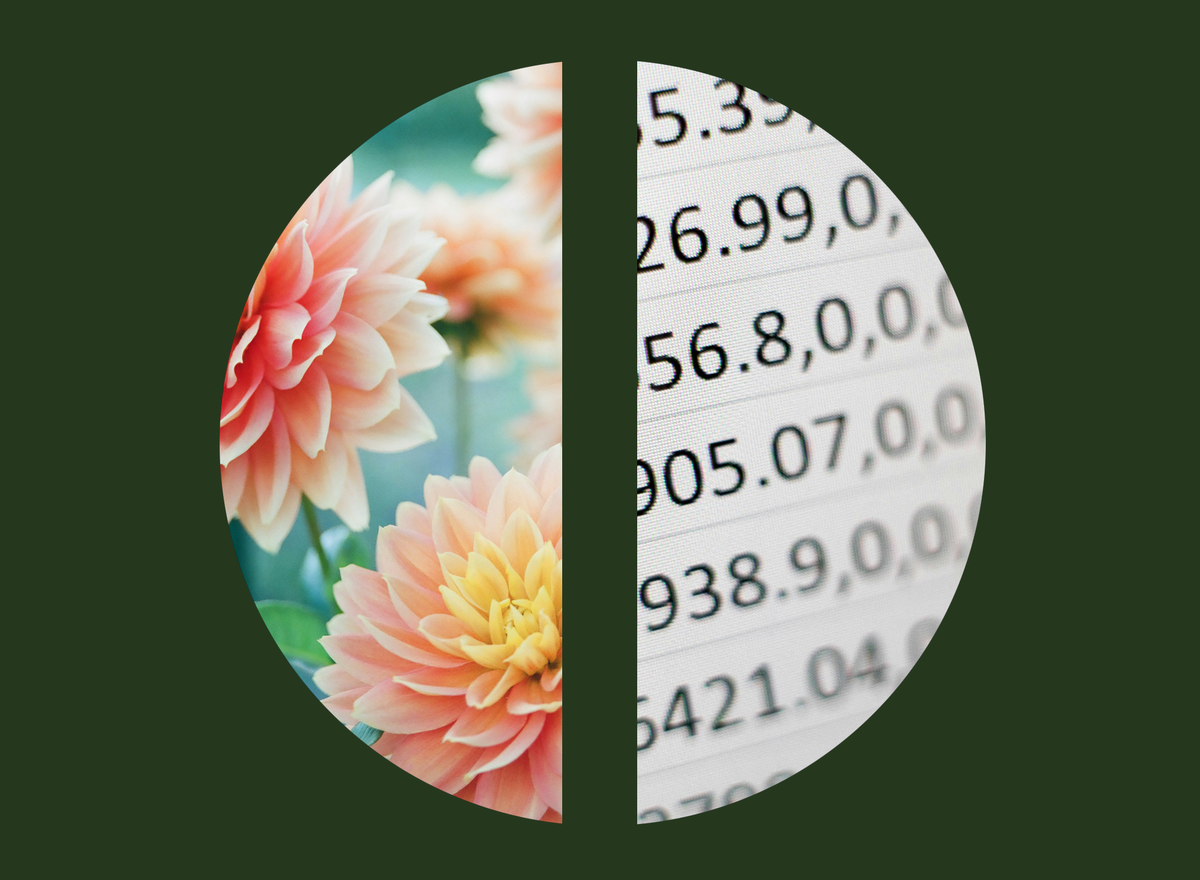The Value of Design
Putting numbers to a practice that is notoriously hard to measure.

In the world of mainstream business, data rules. Every big corporation decides the best course of action based on data, which it translates into insights and strategy. I’ve experienced this many times—and have the scars to prove it. Projects that seemed like sure-fire winners, the kind that would create value for both shareholders and everyday people, simply could not proceed if the numbers suggested anything other than total financial success.
It was a rude awakening. If you’re trained in design, this world is, initially, wholly unfamiliar. That’s not to say the world of design is without rigour. Design rigour can be brutal and uncompromising. What seems like a highly irrational and intuition-based practice often arrives at the best results when it’s almost ruthlessly systematic. It’s not that design isn’t driven by logic; it just operates by a different set of rules than those of business.
It can be very difficult to quantify the “why” of a design project. Rather than following a process of deductive reasoning, design is often driven by the seeming hocus-pocus of abductive reasoning and businesses do not like the apparent leaps of faith that come with it. But it can work wonders.
The design logic of OMA’s Seattle Public Library, for example, is uncompromising. Different programmatic requirements are distributed in space in accordance with what each space has to do. They are shifted to create views and connected with what amounts to a parking-garage ramp so that the building meets accessibility requirements. The whole thing is then wrapped in a curtain wall. After this systematic process, the result is unexpected—and one of the most iconic buildings of the century.

Designing Stories
When speaking of communications design, it gets even harder. Many corporate leaders simply do not believe a good brand will do much of anything for their business. Despite the somewhat recent quantification of brand value, there is no obvious line on a spreadsheet for it.
Designers know that good design has business value. We also know that good design is not everything. A good brand will not save a business. But a good business will benefit from good design.
The challenge is deciding what is good. Design is inherently subjective. Great designers become great through practice. They build an ability to discern bad from good—or, more importantly, good from great—through years of toil. AI may eventually replace the technical skills of designers, but taste, the great unquantifiable, is not a technical skill. The thing that makes design so hard to quantify is also the thing that will protect it (for now).

There is, however, some hope for those of us who have accepted that the path forward for broader acceptance of the value of design includes, to some extent, playing the game of quantification.
There are some numbers to back us up. According to JP Morgan and Interbrand’s “Best Global Brands” analysis, strong brands outperform weak brands by 96 percent in shareholder return over ten years.
Other research by Forester, DMI, and McKinsey concludes that $1 invested in design and experience, which includes a high-quality brand, website, and user experience, results in higher trust, customer conversion, and retention—and a $4–$10 return in perceived company value.
There is nuance in all this and detail buried in these numbers.
Big corporations often know this. But these insights can be useful when communicating with smaller companies, which tend to not have to communicate their value to clients or customers regularly. These companies often invest less in design because they perceive there are other, more pressing issues.
But design can offer the greatest value to precisely these kinds of smaller companies. Their growth is more often linked to personal networks, product functionality, or price, and these areas are where design can have huge impact and value.
Design that Drives Word of Mouth
People want to share good design. Whether it’s a logo, packaging experiences, digital interfaces, or even business cards, people like to share cool stuff. For small businesses that rely on referrals and organic growth, shareability is essential. As for the data to back up that claim? A Neilson study found that 92 percent of people trust recommendations from friends and family more than any other form of advertising. And 2021 Harvard Business Review article on “Brand Advocacy in the Experience Economy” described how brands with a strong visual and emotional identity are 3× more likely to generate word-of-mouth referrals.
Design is the identity of a brand. It’s how people recognize and seek them out. From the memorable packaging of a coffee bag to the smooth UX of a booking site to the pleasure of a carefully conceived tea kettle: It’s the experience that makes a person more likely to talk about and share what you do.

Design Shapes Experience, Usability, and Satisfaction
When it comes to technology and consumer products, in particular, design is often the product. A poorly designed website, product, or physical space creates a bad kind of friction. We sometimes don’t even notice exactly what is causing the negative feeling we’re experiencing about a company, but it is almost always something that has has been designed. Bad design means less retention, adoption, and trust.
Forrester reports that every $1 invested in UX specifically brings a $100 return. The main reason is simply because good UX increases customer satisfaction. The Baymard Institute found that 68 percent of all e-commerce users abandon a purchase because of poor design or confusing UX.
When design improves clarity, takes out unnecessary steps, or helps users in a more intuitive way, functionality increases. Again, in many cases, good design is actually invisible. When a product or service feels seamless, that’s good design.
Design Drives Value
While design can help create better features, it also generates another effect. People not only pay for better functionality, they pay for perceived value. Design is one of the fastest ways to increase that perception.
A 2023 McKinsey study showed that customers are 2.6× more likely to trust a brand that looks “well-designed,” even before trying the product. And research from the Journal of Marketing shows that premium-looking design increases willingness to pay by 13–25 percent, even when the products are identical.
It’s important to make a distinction here. Sure, it’s true that improving how something looks can be a valuable part of what design can do. But if it stays superficial, it perpetuates the perception of design as only “look and feel.” The kind of design we’re talking about both looks good and works well.
Still, it’s an obvious but important message that the right typography, packaging, motion design, or visual brand language subconsciously signals quality. As behavioural economist Dan Ariely notes, humans are “predictably irrational”—we trust and pay more for things even if the only difference is they look like they’re worth more.
Designing Better
For the average person, design is what a thing looks like more than how it actually works. But design weaves through all aspects of a product and experience. When done well, it unites engineering, marketing, services, operations, and many other aspects of a business. It focuses mainly on the human experiences that tie these things together.
It also influences how often people talk about your brand, how well your products perform, and how much people are willing to pay. These are all areas of critical importance to small businesses and the reason why an investment in design may not only be worth considering. It may be the competitive advantage that can result in a total business transformation.




